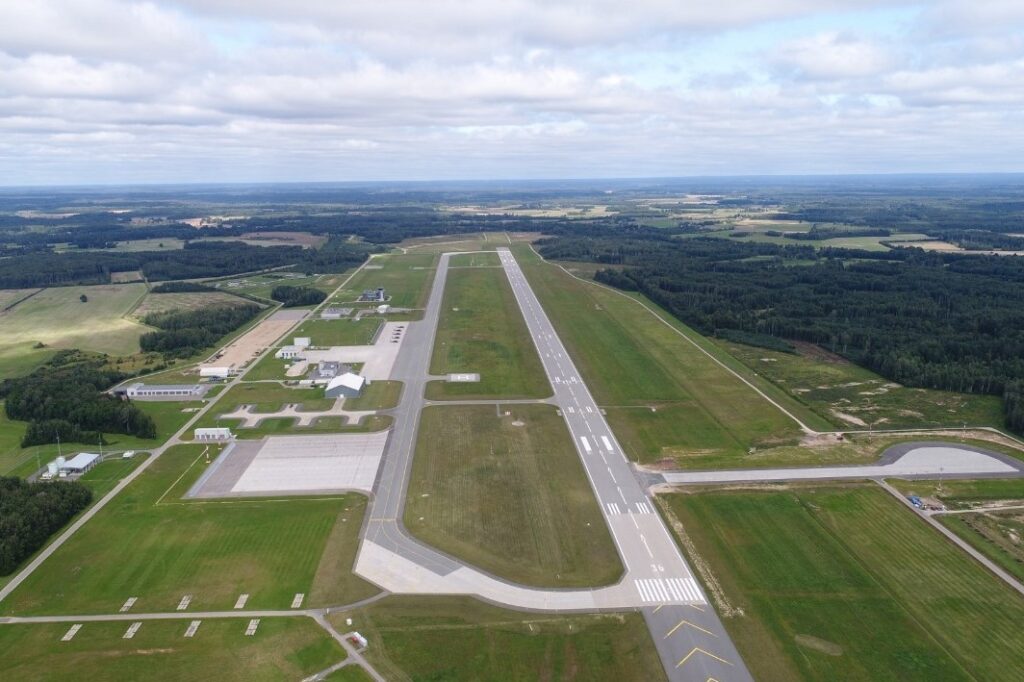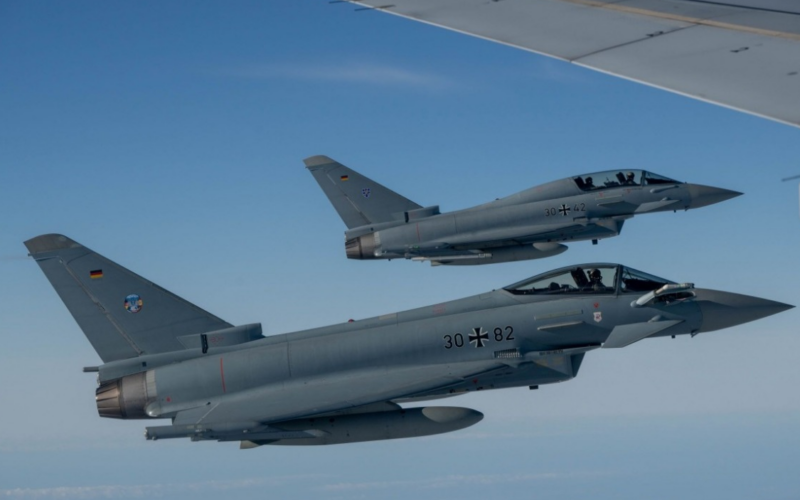In response to ongoing runway renovations at Ämari Air Base in Estonia, Latvia is gearing up to host NATO’s Baltic Air Policing mission at Lielvarde Air Base from March 1, 2024, to the end of November 2024.
The temporary relocation is necessary to make way for essential maintenance work on Ämari’s infrastructure, impacting the base’s operational capabilities. While work is being carried out, Lielvarde Air Base will host 24/7 Air Policing operations. Although it has not been used specifically to host NATO air patrol missions, the facility meets all NATO standards.
For the first time, German Air Force Eurofighter Typhoon fighters are set to deploy to Lielvarde, about 50 kilometers (30 miles) southeast of Riga, Latvia’s capital city. From there, they will be conducting alert and training scrambles to safeguard the Baltic Sea airspace in coordination with fighters operating from Šiauliai Air Base in Lithuania.
Though it will not host fighters, Ämari Air Base will see the deployment of Germany’s Deployable Control and Reporting Centre from mid-March to the end of June 2024. This deployment aims to augment NATO’s surveillance and control capability in the Baltic Sea region, with German Air Traffic Controllers integrated into control and reporting centers in Estonia, Latvia, and Lithuania.

What is NATO’s Baltic Air Policing mission?
The Baltic Air Policing mission began in 2004 when the Baltic States joined NATO. It is one of the main missions of NATO air forces, which operate in rotation to protect Estonian, Latvian, and Lithuanian airspaces from incursions, as these countries have no airborne capability of their own.
Initially established at Šiauliai Air Base in Lithuania, Ämari Air Base became a second base for enhanced Air Policing in 2014, following Russia’s illegal annexation of Crimea. In the buildup to Russia’s invasion of Ukraine, NATO increased its air presence by deploying additional fighters, observation aircraft, and bombers along Europe’s eastern flank.

